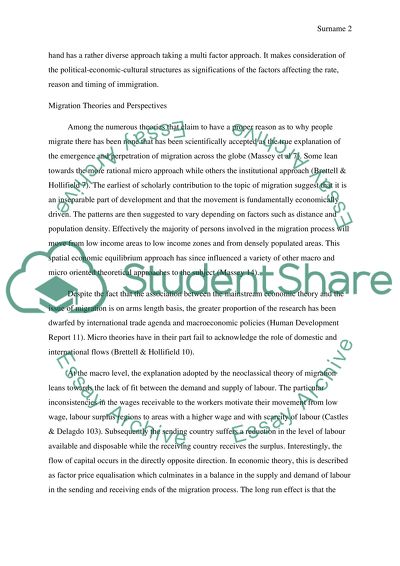Cite this document
(“International Migration and development Essay Example | Topics and Well Written Essays - 2500 words”, n.d.)
Retrieved from https://studentshare.org/sociology/1401932-international-migration-and-development
Retrieved from https://studentshare.org/sociology/1401932-international-migration-and-development
(International Migration and Development Essay Example | Topics and Well Written Essays - 2500 Words)
https://studentshare.org/sociology/1401932-international-migration-and-development.
https://studentshare.org/sociology/1401932-international-migration-and-development.
“International Migration and Development Essay Example | Topics and Well Written Essays - 2500 Words”, n.d. https://studentshare.org/sociology/1401932-international-migration-and-development.


